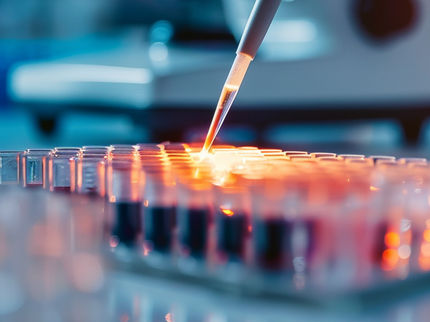Protecting genes, one molecule at a time
Advertisement
An international team of scientists have shown at an unprecedented level of detail how cells prioritise the repair of genes containing potentially dangerous damage. The research, published in Nature and involving academics from the University of Bristol, the Institut Jacques-Monod in France and Rockefeller University in the US, studied the action of individual molecules in order to understand how cellular repair pathways are triggered.
The genetic information that forms the "instruction booklet" for cells is encoded in the molecular building blocks of DNA, and can be damaged by mutagens such as ultraviolet light or tobacco smoke, as well as by normal "wear and tear" as the cells age. If left unrepaired, such damage can kill the cells or cause them to change their behaviour and perhaps cause disease.
Cells protect themselves by producing proteins that detect the damaged building blocks, cut them out and replace them with a patch of new DNA. Most cells, including bacteria and humans, contain mechanisms that ensure that the genes that are currently in use are repaired most quickly.
The team, led by Dr Terence Strick of the Institut Jacques Monod, Paris, used single molecules of DNA stretched in a magnetic field to watch individual proteins work on an active, damaged gene. They found that more steps are needed to repair the damage than previously thought, and that the length of time that the proteins reading the gene hesitate when they reach the damage is likely to be critical for a successful handover to the proteins that repair the gene.
Dr Nigel Savery from the University's School of Biochemistry, who led the Bristol-based part of the project, said: "Finding out how different parts of the genome are repaired at different rates is critical to understanding processes as diverse as generation of antibiotic resistance in bacteria and the patterns of mutations that give rise to cancer. Studying these processes at the level of single molecules has allowed us to detect important steps that are hidden when large numbers of molecules are studied together."




















































